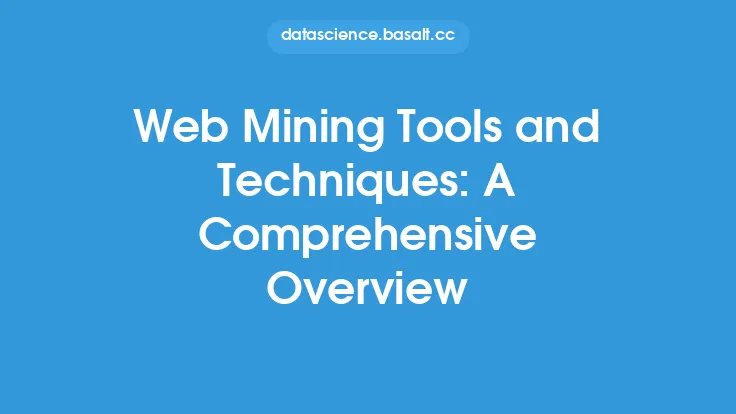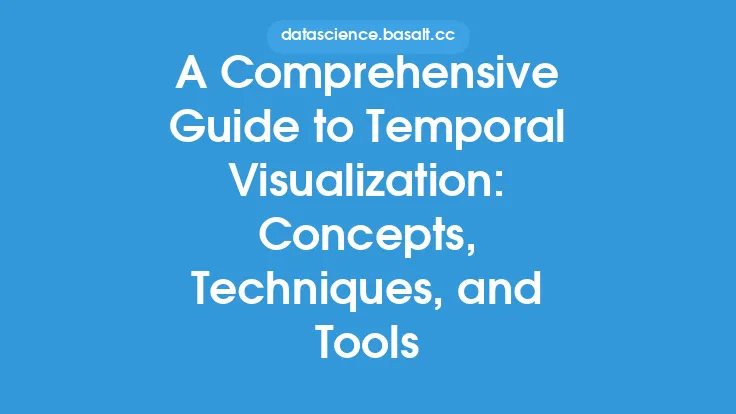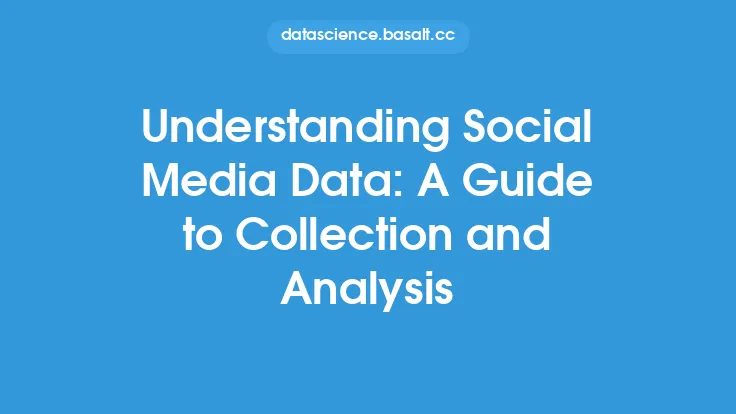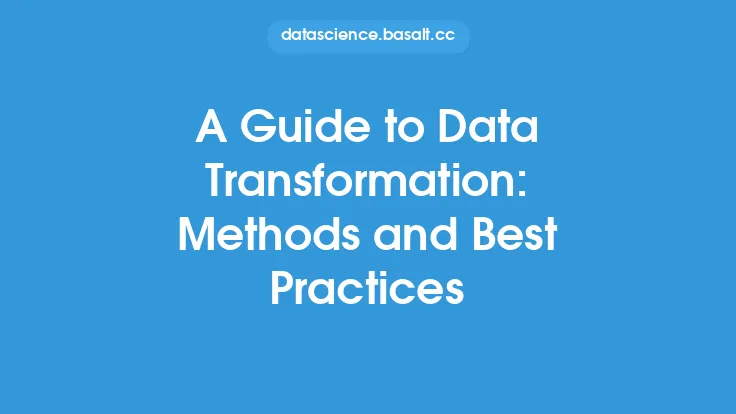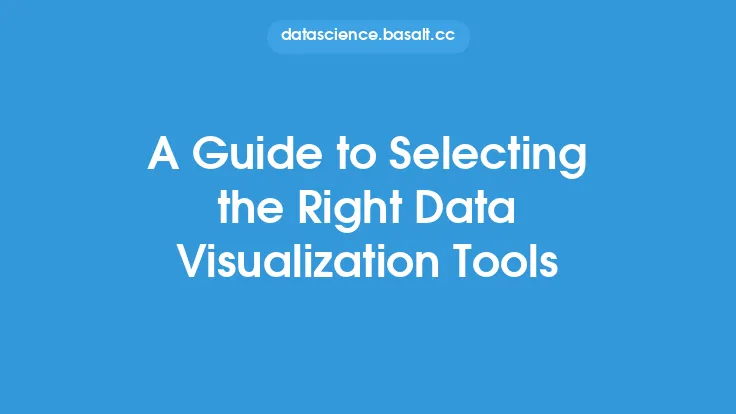Text mining, also known as text data mining, is the process of extracting useful insights, patterns, and relationships from large amounts of text data. It involves using various techniques, such as natural language processing, machine learning, and statistical analysis, to discover hidden information and knowledge from unstructured text data. To perform text mining, various tools and software are available, each with its own strengths and weaknesses. In this article, we will explore the different types of text mining tools and software, their features, and applications.
Introduction to Text Mining Tools
Text mining tools and software can be broadly categorized into several types, including open-source tools, commercial tools, and cloud-based tools. Open-source tools, such as GATE, NLTK, and spaCy, are freely available and offer a wide range of features and functionalities. Commercial tools, such as SAS Text Miner and IBM SPSS Text Analytics, offer advanced features and support, but require a license fee. Cloud-based tools, such as Google Cloud Natural Language and Amazon Comprehend, offer scalability and flexibility, but may require a subscription fee.
Features of Text Mining Tools
Text mining tools and software offer a wide range of features, including text preprocessing, tokenization, named entity recognition, part-of-speech tagging, sentiment analysis, and topic modeling. Text preprocessing involves cleaning and normalizing the text data, removing stop words and punctuation, and converting all text to lowercase. Tokenization involves breaking down the text into individual words or tokens. Named entity recognition involves identifying and extracting specific entities, such as names, locations, and organizations. Part-of-speech tagging involves identifying the grammatical category of each word, such as noun, verb, or adjective. Sentiment analysis involves determining the emotional tone or sentiment of the text, such as positive, negative, or neutral. Topic modeling involves identifying the underlying themes or topics in the text data.
Applications of Text Mining Tools
Text mining tools and software have a wide range of applications, including text classification, clustering, and regression. Text classification involves assigning a label or category to a piece of text, such as spam or non-spam email. Clustering involves grouping similar texts together, such as grouping customer reviews by sentiment. Regression involves predicting a continuous outcome variable, such as predicting the rating of a product based on customer reviews. Text mining tools and software are also used in various industries, including marketing, finance, healthcare, and social media.
Open-Source Text Mining Tools
Open-source text mining tools, such as GATE, NLTK, and spaCy, offer a wide range of features and functionalities. GATE is a Java-based tool that offers advanced features, such as named entity recognition, part-of-speech tagging, and sentiment analysis. NLTK is a Python-based tool that offers a wide range of features, including text preprocessing, tokenization, and topic modeling. spaCy is a Python-based tool that offers advanced features, such as named entity recognition, part-of-speech tagging, and language modeling. Open-source text mining tools are widely used in research and academia, and are often used as a starting point for building custom text mining applications.
Commercial Text Mining Tools
Commercial text mining tools, such as SAS Text Miner and IBM SPSS Text Analytics, offer advanced features and support, but require a license fee. SAS Text Miner is a comprehensive tool that offers a wide range of features, including text preprocessing, tokenization, and sentiment analysis. IBM SPSS Text Analytics is a tool that offers advanced features, such as named entity recognition, part-of-speech tagging, and topic modeling. Commercial text mining tools are widely used in industry and business, and are often used for large-scale text mining applications.
Cloud-Based Text Mining Tools
Cloud-based text mining tools, such as Google Cloud Natural Language and Amazon Comprehend, offer scalability and flexibility, but may require a subscription fee. Google Cloud Natural Language is a tool that offers advanced features, such as named entity recognition, part-of-speech tagging, and sentiment analysis. Amazon Comprehend is a tool that offers advanced features, such as named entity recognition, part-of-speech tagging, and topic modeling. Cloud-based text mining tools are widely used in industry and business, and are often used for large-scale text mining applications.
Comparison of Text Mining Tools
The choice of text mining tool or software depends on several factors, including the type of text data, the level of complexity, and the budget. Open-source tools, such as GATE, NLTK, and spaCy, are suitable for small-scale text mining applications and offer a wide range of features and functionalities. Commercial tools, such as SAS Text Miner and IBM SPSS Text Analytics, are suitable for large-scale text mining applications and offer advanced features and support. Cloud-based tools, such as Google Cloud Natural Language and Amazon Comprehend, are suitable for large-scale text mining applications and offer scalability and flexibility.
Conclusion
Text mining tools and software are essential for extracting useful insights, patterns, and relationships from large amounts of text data. The choice of text mining tool or software depends on several factors, including the type of text data, the level of complexity, and the budget. Open-source tools, commercial tools, and cloud-based tools offer a wide range of features and functionalities, and are widely used in research, academia, and industry. By understanding the different types of text mining tools and software, and their features and applications, organizations can make informed decisions about which tool or software to use for their text mining needs.
